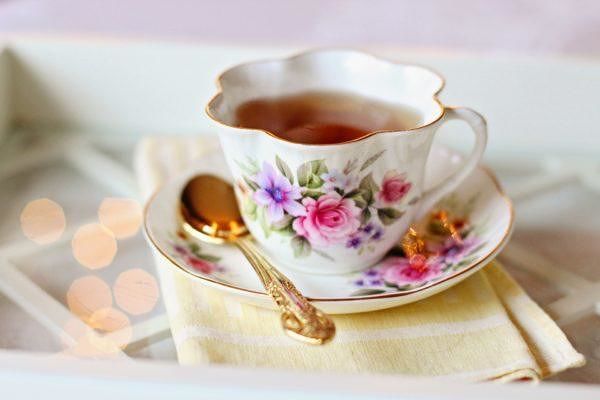Maturità 2019 linguistico: prova d’inglese svolta del 2 aprile
Ci risiamo: il 2 aprile il Miur ha condiviso un nuovo set di esempi di seconda prova in vista della Maturità 2019. Gli esercizi sono stati pubblicati per tutti i tipi di istituti presenti sul territorio italiano: in questo articolo, ci occuperemo della seconda prova affidata ai Licei Linguistici, e composta di esercizi d'inglese abbinati ad altre lingue. Sei tra i maturandi chiamati a confrontarsi con questo difficile test? Qui trovi gli esercizi di
Maturità 2019 linguistico: esercizio vero o falso
Il Miur ha scelto per la prova un passo tratto da "Ritratto di signora" di Henry James.
1) The scene is set in the slowly fading light of a summer afternoon.
TX F NS
2) There are no women present at the tea ceremony in the garden.
TX F NS
3) The old man is having tea while looking at the house.
TX F NS
4) The house was built during the reign of Elizabeth 1st
T FX NS
5) The American banker had only made minor changes to the interior of the house.
T FX NS
Maturità 2019 linguistico: prova d’inglese, domande aperte
6)What general atmosphere does the description of the garden and the ritual of the afternoon tea create? Justify your answer by referring to the text
The atmoshphere is calm, relaxed and full of pleasure. Several part of the text underlines this feeling, for example: " the scene expressed that sense of leisure still to come which is perhaps the chief source of one’s enjoyment of such a scene at such an hour". In another sentence Henry James says "on such an occasion as this the interval could be only an eternity of pleasure". As for the description of the garden, it is represented as the perfect setting for this pastime.
7)How does the old man’s attitude towards the house change over time?
At the beginnging he only bought it because it was offered at a great bargain. Later, he discovered a real æsthetic passion for it.
8)The pictorial quality of the narration creates analogies with a painting. How does the language used contribute to this effect? Substantiate your answer by referring to the text.
Tha language chosen by Henry James creates analogies with a painting using a lot of expressions referred to colours and shades: "the flood of summer light had begun to ebb (...) the shadows were long upon the smooth, dense turf" or "The shadows on the perfect lawn were straight and angular". Ath the same time, he gives us detailed description of the setting, so we can clearly see what is happening: "The shadows on the perfect lawn were straight and angular; they were the shadows of an old man sitting in a deep wicker chair near the low table on which the tea had been served, and of two younger men strolling to and fro, in desultory talk, in front of him".
Maturità 2019 linguistico: prova d’inglese, produzione del testo
Many people argue that traditions represent our roots and continuity with our past, and should be maintained intact, while others think that traditions should adapt to change and circumstance. Discuss the quotation in a 300-word essay giving reasons for your answer.
Traditions represent a critical piece of our culture. They help form the structure and foundation of our families and our society. Once we ignore the meaning of our traditions, we’re in danger of damaging the underpinning of our identity. At the same time, we can’t ignore how the world is chaning: traditions should evolve constantly and meet the changing requirements of time and social contexts.
We can’t deny the importance of traditions: for British having a cup of tea in the afternoon is a moment of joy and pleasure, Italians could never think of a Christmas far away from their family, while US citizens need to celebrate the 4th of July. Customs and ceremonies connect our past with our present and the future: without roots in past, we cannot have a creative sense of our future.
But traditions are not cast in stone. By their very nature, they are supposed to evolve constantly and meet the changing requirements of time and social contexts. New generations bring new thoughts, new ideas, new ways of doing things. The traditions that have changed and adapted through the generations are the only ones that are going to live on forever.
Furthermore, culture and progress are not separated, they could easily live together and shape each other. Let’s just think about the art of making sushi: it was a Japanese tradition, but thanks to globalization it is now common everywhere.
So it’s important to embrace the natural evolution of culture and traditions. We should hold onto the traditions that still make sense today and let go of the ones that are hindering progression toward a healthier happier human existence.